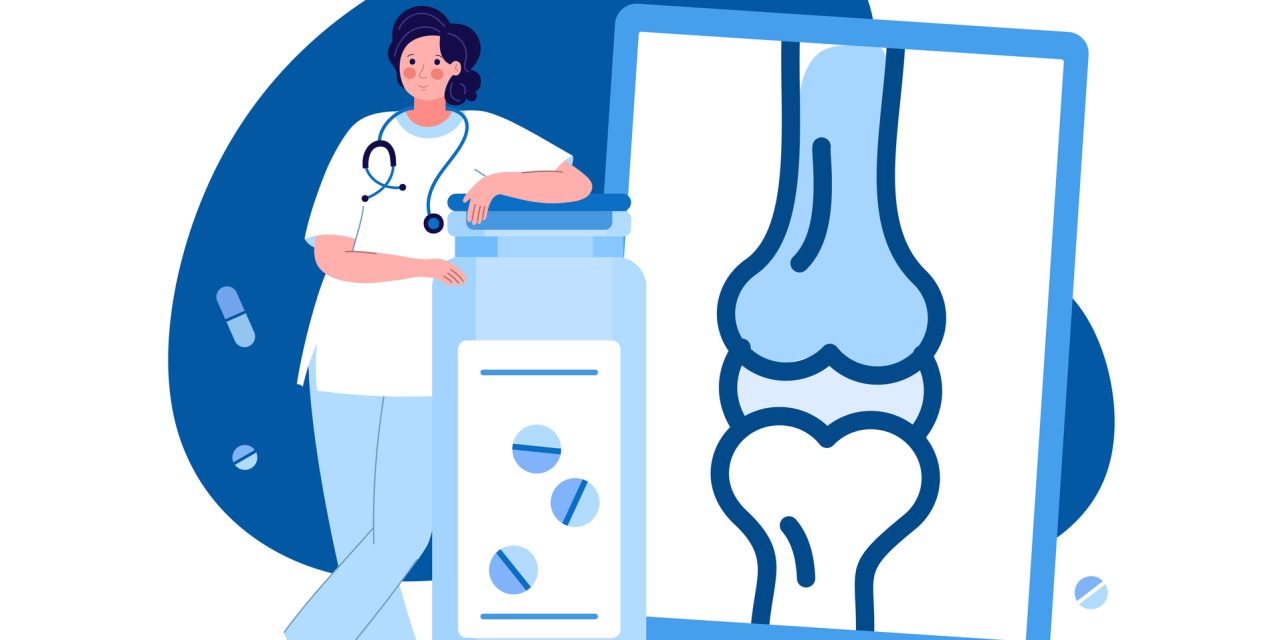Low back pain (LBP) is a painful pathology causing pain and disability despite treatment with the best evidence-based therapies. Osteopathic manual therapy (OMT) and Kaltenborn-Evjenth orthopedic manual therapy (KEOMT) are alternative treatments for LBP.
The study intended to evaluate the efficacy of OMT compared to that of KEOMT for patients with chronic LBP.
The research team designed a randomized study.
The study was held at the Medita Health Center in Warsaw, Poland.
The study included 68 participants of both genders, aged 30 to 60, with chronic LBP.
Participants were randomly assigned to one of two parallel groups, each with 34 members. The OMT group received, as a direct technique, a high-velocity/low-amplitude (HVLA) impulse, and as indirect techniques, strain counterstrain (SCS), myofascial release (MFR), and visceral mobilization therapy (VMT). The KEOMT group received lumbar segmental traction and lumbar segmental mobilization-flexion and gliding therapy grade 3. The participants in both groups received 10 treatments, two per week for five weeks.
The primary outcome was pain severity, using a numeric pain rating scale (NPRS). The secondary outcome was measurement of functional disability, using the Oswestry Disability Index (ODI).
The OMT and KEOMT both decreased pain and disability; however, the changes on the NPRS and ODI postintervention were statistically greater for the OMT group compared to the KEOMT group (P < .05).
OMT was better at reducing pain and improving quality of life. It reduced functional disability more than KEOMT in patients with chronic LBP.
Osteopathic Manual Treatment Compared to Kaltenborn-Evjenth Orthopedic Manual Therapy for Chronic Low Back Pain: A Randomized Study.


